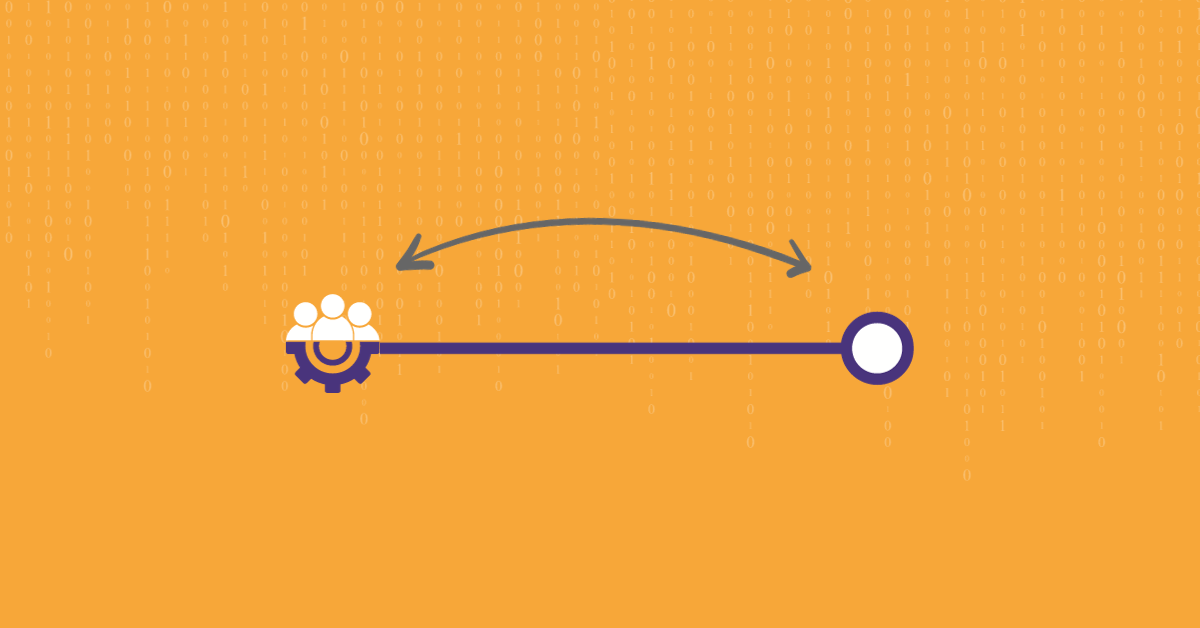

Endpoint security is a critical component in a comprehensive approach to application security. As applications often interact with various endpoints—devices like laptops, smartphones, and tablets—each represents a potential vulnerability that malicious actors could exploit. Given the growing ubiquity of remote work and the increasing accessibility of the internet, the potential attack surface has expanded significantly. For application developers, this means effective endpoint management, overseeing and securing these entrance points, is not simply an optional extra. It’s an essential practice to ensure the integrity, availability, and confidentiality of the application data.
Endpoint management is the centralized approach to controlling and securing all network access from a single console. It involves administering data, security, software updates, and patches for all the devices connected to the network. Endpoint management tools help maintain a network’s overall health and efficiency and play a key role in identifying and managing vulnerabilities. This is particularly critical for developers, as any weaknesses in these endpoints can quickly become a pathway for security breaches in the application.
From an application security perspective, effective endpoint management is key in securing data and maintaining its integrity. Each endpoint device interacting with an application could be an entry point for a cyberattack. Therefore, it’s vital to have robust endpoint management in place to monitor, manage, and promptly respond to any threats or unusual activities. This includes regular updates and patches to fix known vulnerabilities, efficient device authentication protocols, and remote access security.
Endpoint management ensures data integrity and application security and supports an organization’s business continuity. In an attack, effective endpoint management can help isolate the affected devices, mitigating the risk of the issue spreading across the network. In summary, while endpoint management might seem like a hefty task, the implications of neglecting this practice could be far more burdensome, making it a non-negotiable aspect of application security.
Unchecked endpoints can lead to vulnerabilities and threats that severely compromise application security. For example, an unpatched device that an employee uses to access a work application might not be protected against the latest malware, making it a potential entry point for a cyberattack. If the malware infiltrates the device, it could gain access to sensitive application data or even create a backdoor to the entire network.
Another potential threat is the rise of BYOD (Bring Your Own Device) policies. While these add flexibility to work operations, they expose networks to risks from unmanaged devices. In a real-world case, the 2014 JPMorgan Chase data breach, attackers exploited an employee’s device that lacked two-factor authentication, gaining access to the records of 76 million households and 7 million small businesses.
Similarly, Internet of Things (IoT) devices, increasingly integrated into business operations, can pose significant threats if not properly managed. These devices often lack the basic security features of standard computing devices, making them easy targets for cybercriminals. In the infamous Mirai botnet attack in 2016, hackers exploited vulnerabilities in IoT devices and launched a DDoS attack that affected major websites like Twitter, Netflix, and CNN.
Endpoints are integral to the software development lifecycle (SDLC) at every stage. From the initial planning and development stages to testing, deployment, and maintenance, the potential risks and benefits of endpoint devices must be thoroughly assessed and addressed.
In the planning and development stages, it’s essential to consider the various types of endpoints that will interact with the application. This allows developers to anticipate potential vulnerabilities and design the application with robust security measures. For instance, an application intended to be accessed via mobile devices would require stringent mobile application security protocols to ward off potential threats.
During the testing phase, endpoints are crucial to the environment where penetration tests and vulnerability assessments are conducted. This helps identify and patch existing application vulnerabilities, preventing potential post-deployment breaches.
Once the application is deployed, the endpoints become the gateways through which users interact with it. Regular updates and patches and continuous endpoint behavior monitoring are key in identifying and addressing potential threats. DevSecOps integration enhances application security and significantly contributes to its usability and functionality.
Secure coding practices are a bedrock for endpoint security, reducing the chances of exploitable vulnerabilities in the application. Developers should adhere to industry-standard secure coding guidelines like the OWASP Top 10, which outlines common security risks and offers mitigation strategies. Implementing input validation, secure error handling, secure session management, and encryption can help protect application data from endpoint threats.
When it comes to endpoint security protocols, an efficient strategy involves having multiple layers of protection. Antivirus and anti-malware solutions are the first line of defense against common threats. However, advanced solutions like endpoint detection and response (EDR) are becoming essential in light of evolving cyber threats. These tools offer real-time monitoring and response to potential threats, leveraging artificial intelligence and machine learning to detect unusual patterns and behaviors.
Furthermore, applying patches and updates promptly, enforcing strong authentication measures, and implementing a robust endpoint protection platform (EPP) can harden endpoint security. EPP typically includes features like firewall protection, intrusion detection systems, and data loss prevention (DLP), providing comprehensive security for all endpoint devices.
The application threat landscape rapidly changes as technology advances and cybercriminals devise more sophisticated attack strategies. Cyber threats such as ransomware, phishing attacks, DDoS attacks, and zero-day vulnerabilities are on the rise, posing serious risks to application security. Moreover, the rise of cloud-based applications and the Internet of Things has expanded the attack surface, providing more points of ingress for malicious actors.
So, how can a company mitigate these threats? When well-managed and implemented, endpoints are secure and reduce vulnerability to attacks. Effective endpoint management practices, such as implementing strong authentication measures, regularly updating and patching software, and monitoring endpoint behavior, further counteract these threats.
As technology evolves, organizations must ensure their code quality and security remain up-to-date to reduce the risk of compromise or data loss. Kiuwan is at the cutting edge of endpoint management and application security, offering two products—Static Application Security Testing (SAST) and Software Composition Analysis (SCA)—to give development teams an industry-leading solution to protect their applications. Contact us today to see how Kiuwan can help you increase your organization’s endpoint management protection!


